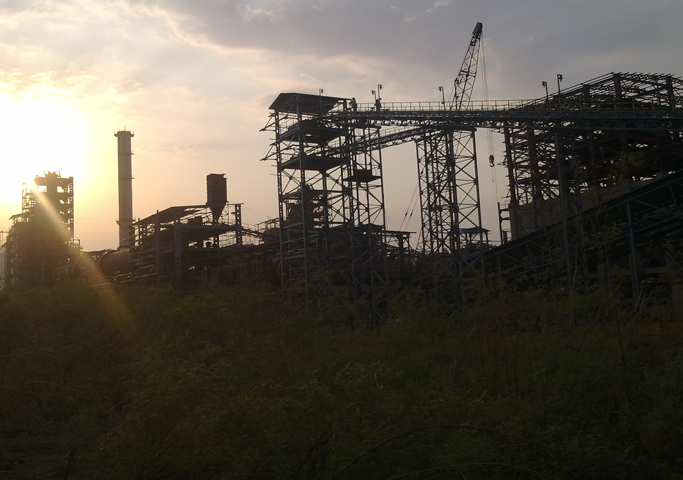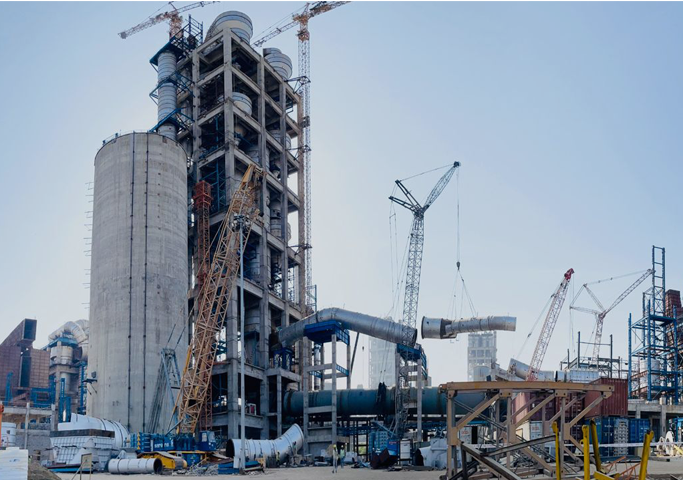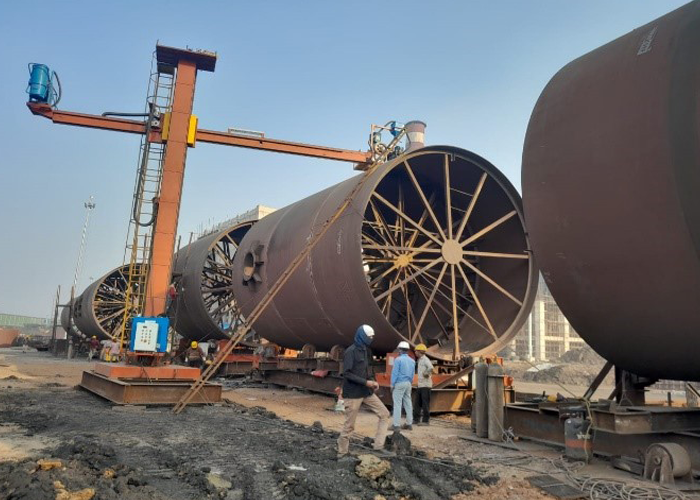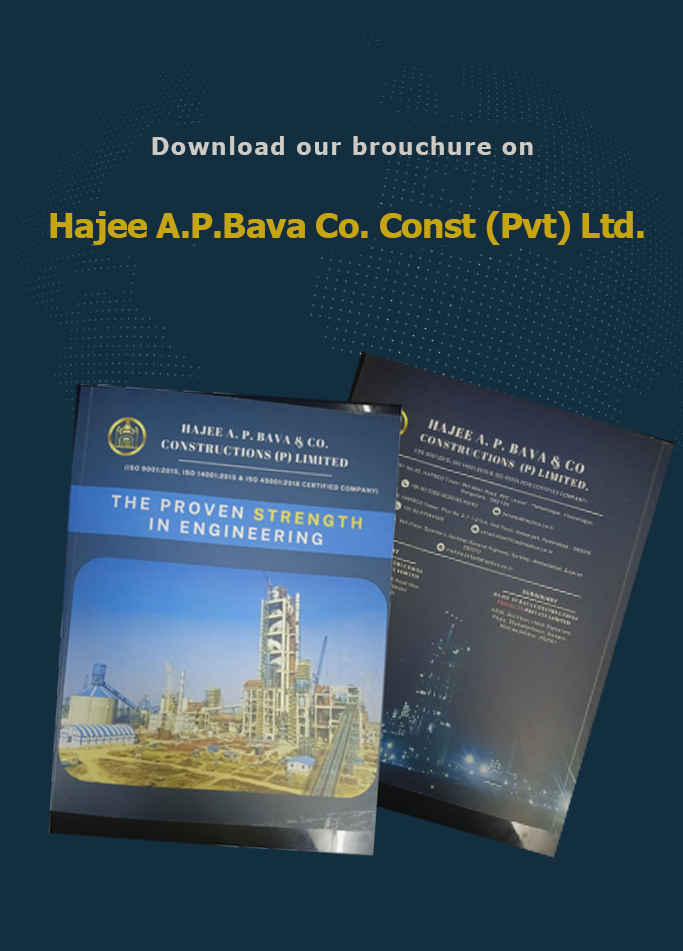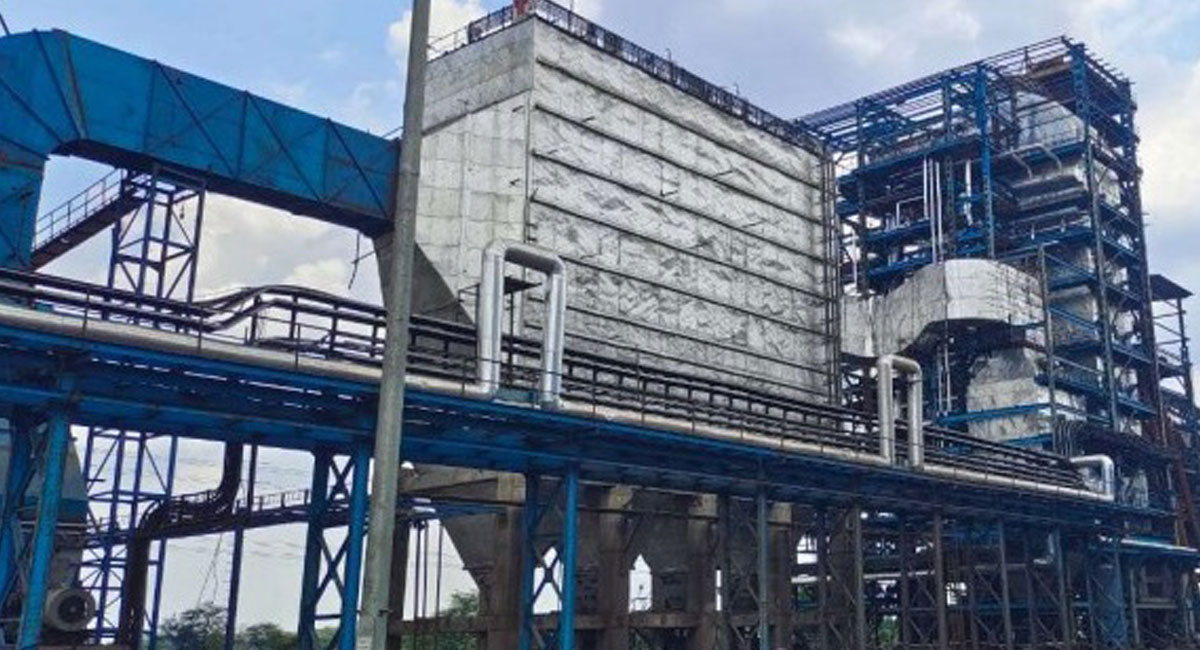Power plant construction is a complex and high-stakes endeavor that requires precision, efficiency, and adaptability
From thermal to renewable energy plants, each project presents unique engineering challenges that demand innovative solutions
Companies like HAPBCO play a crucial role in ensuring seamless execution, adhering to the highest industry standards while integrating cutting-edge construction methodologies
Building a power plant is not just about constructing infrastructure; it’s about engineering reliability, efficiency, and sustainability for the future.
Key Challenges in Power Plant Construction
1. Complex Engineering and Design Integration
Building a power plant involves intricate design planning, ensuring alignment with mechanical, electrical, and civil engineering requirements. Misalignment can lead to costly delays and structural inefficiencies.
2. Strict Regulatory Compliance
Environmental and safety regulations are stringent in power plant projects. Ensuring compliance with local and international standards requires extensive documentation and adherence to evolving policies.
3. Managing Large-Scale Infrastructure
The sheer scale of construction, involving heavy-duty structures such as boilers, turbines, and cooling towers, demands strategic logistical planning and workforce management.
4. Adverse Site Conditions
Challenging terrains, extreme weather, and remote locations often complicate construction activities, requiring adaptive solutions to mitigate risks and ensure on-time completion.
Innovations Driving Power Plant Construction
1. Modular Construction Techniques
Pre-fabricated components and modular assembly reduce on-site construction time, enhance quality control, and minimize material wastage, accelerating project timelines.
2. Advanced Project Management Tools
Real-time monitoring using Building Information Modeling (BIM) and AI-powered project tracking enables precise coordination and decision-making.
3. Enhanced Structural Engineering Solutions
Utilization of high-strength materials, seismic-resistant foundations, and heat-resistant coatings improves plant durability and operational efficiency.
4. Sustainable Construction Practices
Green building methodologies, including waste heat recovery systems (WHRS) and eco-friendly materials, ensure reduced environmental impact and energy-efficient operations.
Best Practices in Power Plant Construction
1. Meticulous Planning and Risk Assessment
Comprehensive feasibility studies, risk mitigation strategies, and phased project execution prevent delays and cost overruns.
2. Strong Safety Protocols
Strict adherence to occupational safety measures, training programs, and protective gear usage minimizes workplace hazards and ensures regulatory compliance.
3. Skilled Workforce and Collaboration
Integrating expert professionals from civil, mechanical, and electrical engineering backgrounds enhances the project’s execution quality.
4. Efficient Material and Resource Management
Optimized inventory control, efficient material procurement strategies, and sustainable resource utilization contribute to cost-effectiveness and operational efficiency.
HAPBCO’s Role in Power Plant Construction
With a legacy of excellence, HAPBCO has played a vital role in constructing power plants, ensuring the highest standards of engineering and execution. Key contributions include:
-
* Precision in Civil & Structural Works – Delivering robust foundations, cooling towers, and high-strength frameworks.
-
* Mechanical Erection Excellence – Installing turbines, boilers, and auxiliary systems with unmatched expertise.
-
* Innovation in Energy Efficiency – Implementing WHRS and emission control systems for sustainable operations.
Conclusion
Power plant construction is an evolving field that demands a combination of expertise, technology, and sustainability. Companies like HAPBCO continue to set benchmarks in the industry by overcoming challenges, embracing innovations, and adhering to best practices, ensuring that power plants operate efficiently for decades to come.

